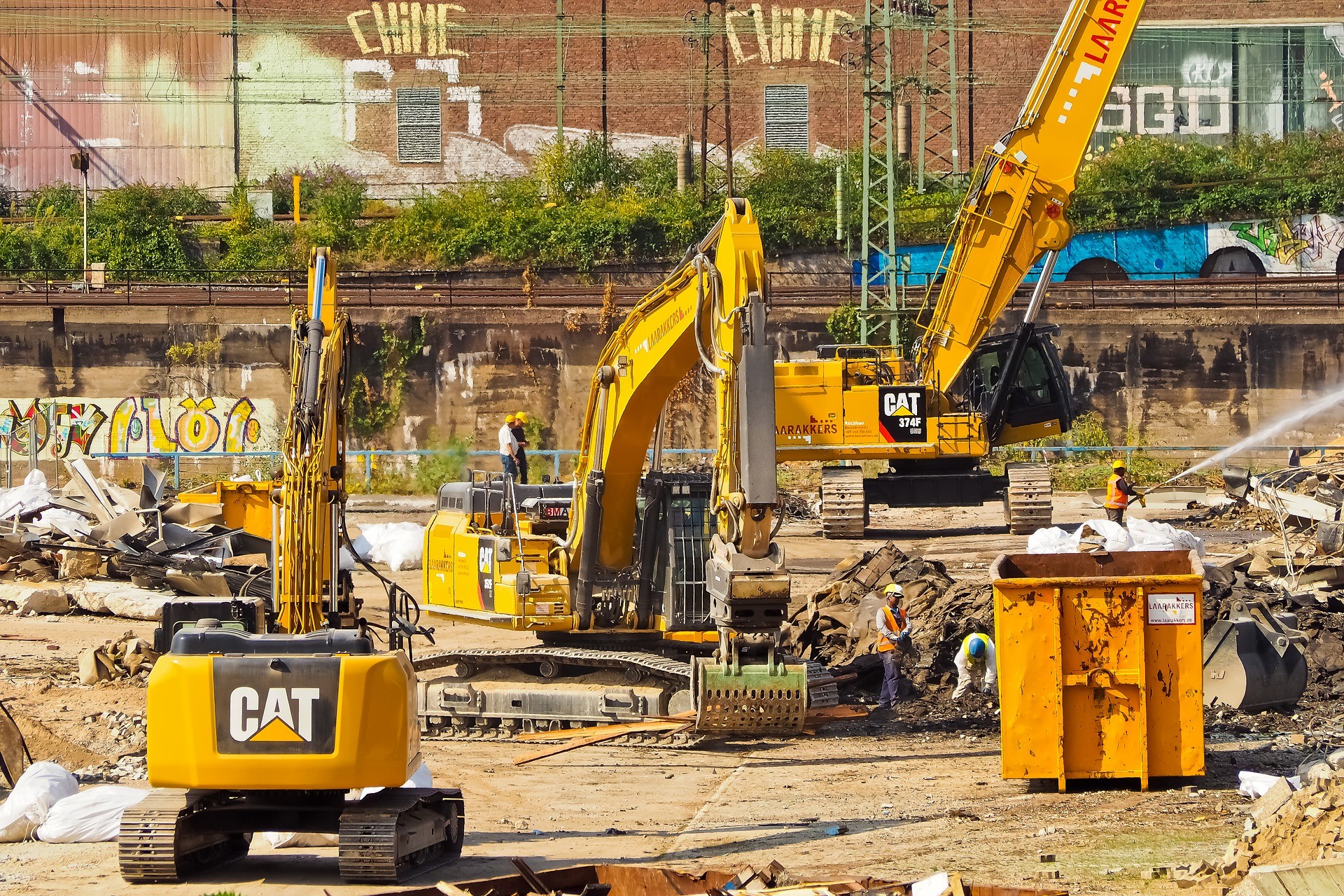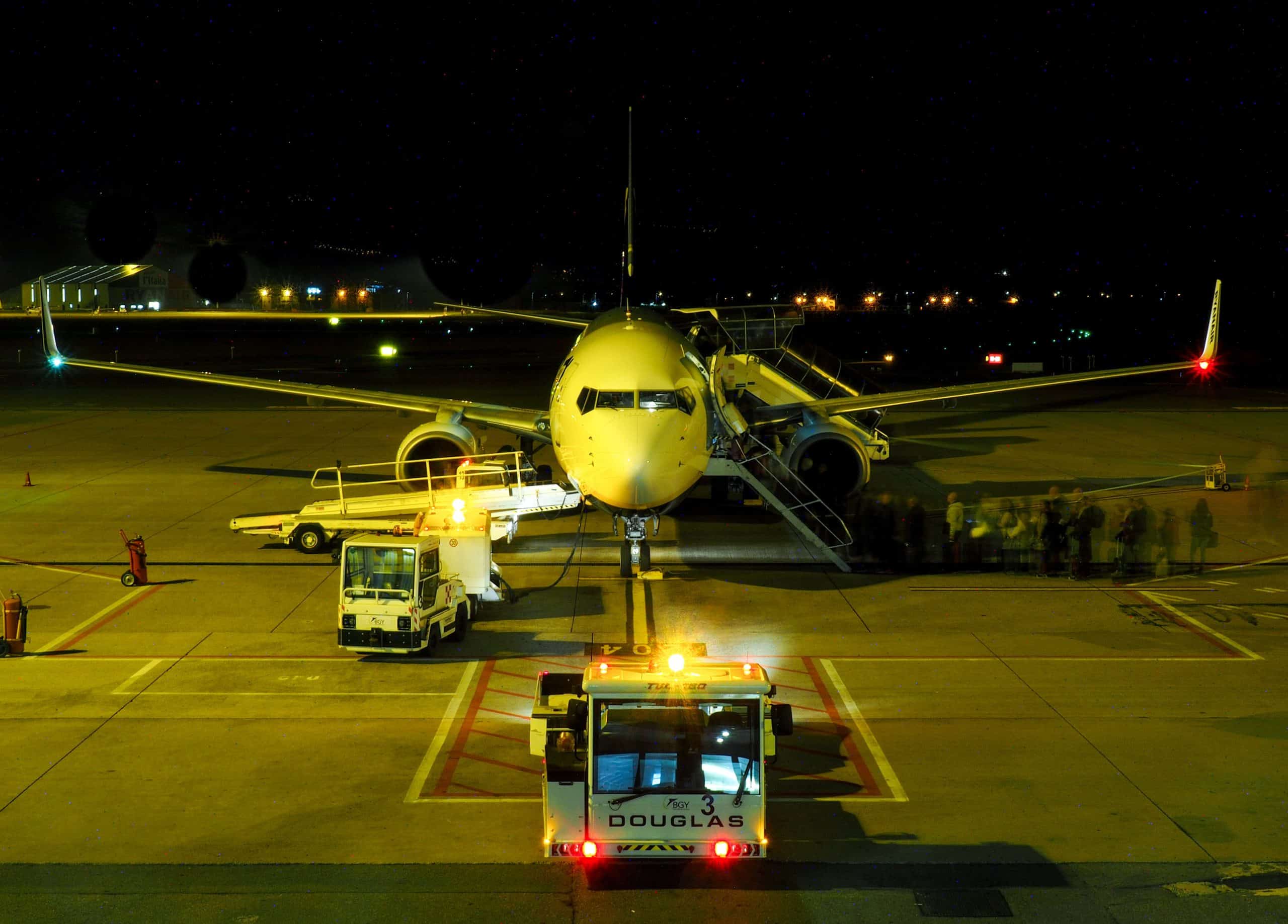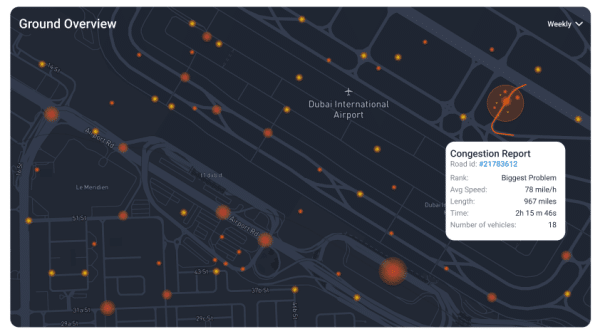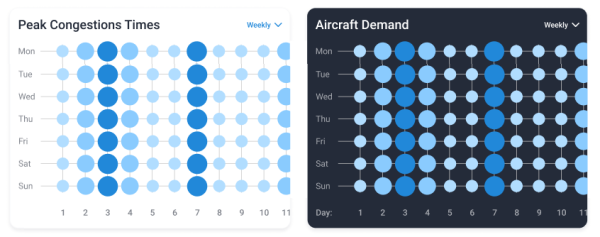(And How to Select the Best One)
If you’re anything like most fleet managers, you’re aware of the benefits that asset tracking technology can offer your business. But with all of the different options on the market, it can be hard to know where to start and what solution to invest in.
In this article, we’ll break down the five main types of asset tracking technology, as well as the top considerations to keep in mind when choosing a solution for your fleet.
The Top Five Types of Asset Tracking Technology
1. Barcodes
Barcodes are one of the most popular and well-known asset tracking technologies. From store shelves to boxes and clothing tags, they offer a degree of simplicity and cost-effectiveness that make them ideal for a range of applications.
Standard one-dimensional barcodes work via laser-scanning technology. Their dense series of black and white lines reflect light in unique patterns that create analog signals the scanner can interpret as digital data. This data is then passed on to a software application that uses it to track the associated asset.
While conventional barcodes are still in use today, their storage capacity is quite limited. This necessitates the use of multiple barcodes to track a single asset, which can quickly become cumbersome and impractical.
Another challenge of barcodes lies in their implementation; because the codes are printed onto labels that are applied to assets, they can be easily removed or tampered with.
2. QR Codes
Quick Response (QR) codes are a slightly different version of the conventional barcode. Rather than relying on a single analog set of black and white lines, QR codes use square-based patterns of dots that can store more data in a much smaller space.
Like barcodes, QR Codes are scanned and read by an imaging device. Data is then interpreted by a software application to track the asset. Their increased capacity for data storage allows these unique codes to store far more information than barcodes. This means that an organization can use a single QR code, rather than multiple barcodes, to track an asset.
Because of their digital nature, QR codes are harder to tamper with, but printed QR codes can still be removed from an asset.
3. Radio-Frequency Identification (RFID)
Radio Frequency Identification, or RFID, is a radio-based technology used for tracking assets. It consists of three main components: tags, readers, and software.
RFID tags are small devices that emit radio signals. They can be either active or passive. Active RFID tags have their own power source and can transmit signals over long distances, while passive RFID tags rely on the power from the reader to transmit signals over shorter distances.
RFID readers are devices that receive and interpret the radio signals emitted by RFID tags. They are connected to a software application that uses the data from the tags to track assets.
One of the main advantages of RFID technology is that it does not require a line of sight to work. This means that assets can be tracked even if they are hidden from view, making it ideal for tracking inventory in warehouses.
The only downside is that while tags themselves can be inexpensive, the readers can be cost-prohibitive.
4. Near Field Communication (NFC)
Have you ever paid for something by tapping your debit card or even your smartphone? Chances are you’ve used Near Field Communication (NFC) technology.
This short-range, wireless communication technology is similar to RFID in that it uses radio signals to communicate data.
However, the key difference is that NFC requires physical contact between the tag and the reader, while RFID does not.
5. GPS
GPS is already widely-used in the world of fleet management. Companies have long used it to plan routes, give directions and identify vehicle locations. Currently, GPS is finding utility in asset tracking.
By equipping assets with GPS trackers, companies can see where they are at any given time, as well as where they’ve been and how long they’ve been there. This information is valuable for tracking inventory, particularly if products are being delivered to multiple locations.
How to Select the Right Asset Tracking Solution for Your Fleet
With so many options to consider, it’s easy to feel overwhelmed. But the process doesn’t have to be complicated. Here’s a quick rundown of the main factors you should keep in mind when selecting a. asset tracking solution.
Business Goals
While asset trackers serve the same function, they aren’t always used for the same reason. Some companies implement them to improve fleet safety, while others use them to boost efficiency or cut costs. It’s important to know what your goal is before selecting an asset tracking solution, so you can narrow down your options.
Budget
Asset tracking solutions can range in price from a few hundred dollars to a few thousand. You don’t necessarily have to invest in the biggest, most expensive technology to reap the benefits of asset tracking. It’s important to have a realistic budget in mind before beginning your search, as this will help you rule out any products that are out of reach.
Work Environment
If you’re planning on tracking assets that are outdoors, you’ll need a solution that can stand up to the elements. This might mean opting for a waterproof tracker or one with a long battery life.
Similarly, you’ll want to ensure that the solution you choose has a wide enough range to track assets through walls, or find assets that have been moved out of range.
Assets
There are tons of asset tracking technologies on the market, each with their own pros and cons. With that in mind, you should select a product that makes sense for your specific assets and how they will be used.
For example, if you’re looking to track long-distance vehicles, GPS would likely be the best solution.
As technology continues to evolve, the opportunity to take advantage of asset tracking solutions will only grow. Understanding the different types of technology will help you select the right one for your business needs.
Don’t wait to improve the safety, efficiency and overall effectiveness of your operations. Contact your GoFleet consultant today and ask about our asset tracking solutions.




